Journal of Urusvati Himalayan Research Institute of Roerich Museum (3 Volumes bound in One)
The Journal of the Urusvati Himalayan Research Institute (U.J.) represents the multi-layered perceptions of the Roerichs, who sought new integration of cultural patterns and scientific frontiers in every-expanding horizons. Every volume contains a contribution on archaeology as a science to reveal how nations became powerful and why they fell. They are a lesson for the governments of today who "must act upon them" (Sir Flinders Petrie, U.J.1.11). The art of excavation by Count du Buisson (UJ.1.11) links the art of archaeology with the technique of medicine: for all scientific methods are observing facts, experimentation, and manifestation. His excavations at Qatna show the guiding principles, methodology and discoveries of excavation. The second volume of the Journal carries a report of the important discoveries in Indian archaeology at Taxila, Mohenjodaro, Stein's explorations in Baluchistan and Waziristan, and so on. The third volume relates some outstanding discoveries in Baluchistan, Taxila, Mohenjo-daro, Sarnath, Nalanda, Paharpur, Nagarjunakonda, Pagan and Afghanistan. They have changed the historiography of India and today they bring back the thrill of discovery as we read them seventy years after their reportage in this Journal in 1933. George Roerich (1.27f) himself writes on the problems of Tibetan archaeology and the several desiderata in this terra incognita in his day. In the second volume the diary of the 1931 expedition to Western Tibet of Dr. W.N. Koelz is vivid account of the region in its prime simplicity. The nexus of culture and science was a favourite domin of the encyclopaedic minds till the first half of the twentieth century. To the Roerichs they were inseparable categories as both were crucial to human development. In keeping with their grand vision, the Journal has a fair number of papers on scientific subjects, like Technique of Body and Mind by Dr. Lozina (1.35f.), or the contributions of Lomonosov to natural sciences. As we have already pointed out, Lomonosov was a genius of vast horizons, whose inquisitive mind was at home with grammar, poetry, chemistry, physics, astronomy, geography, navigation and what not. It reads like an epic of an immense mind. There is a paper on the contributions of Prof. Michelson who won the Nobel Prize of Physics in 1907 (2.1f.), and another on lecithin to show that the spinal cord and the nervous system of the higher vertebrates adjusts itself to the changes in the environment. Cosmic Ray expedition to Southeastern Ladakh by Prof. Benade (3.17f.), Prof. Shiv Ram Kashyap’s botanical exploration in the Gangotri glacier (3.21f.), the role of thje skin in the preservation of health by Prof. Metalnikoff of Paris (3.67f.), application of Heisenberg's principle of indeterminacy to the chemistry of living matter by Prof. Pertzoff of Harvard University, a review of Broglie's book on wave mechanics by Dr. Lozina: all speak of the all-comprehending vision of Roerich and its inherent language of creative discourse where the human spirit and the quantitative order of science have their meaning in the enrichment of life and nature. The schism between mind and body, between science and culture was to be bridged so that the modern mind is not bedeviled by the loss of meaning. Spirit and science are nboth a pilgrimage to a radiant future, wherein man is no longer just a creature but a creator with a synchronic fusion of nature and nurture. Central Asia had a special niche in the heart of the Roerichs. The expeditions to Central Asia in the year 1931 led by Aurel Stein, Andre Citroen, Sven Hedin, and Erich smidt bring back the lost memories of less spectacular explorations in the region. The discovery of the Gilgit manuscripts was announced. George Rocrich himself writes on Sven Hedin’s labours to solve problems of Central Asian georgraphy, anthropology, archaeology, art, inscriptions, paleontological remains (dinosaurs in eastern Tien-shan), ten rhousand inscribed wooden tablets of the early Han epoch, and so on. The Roerich Central Asian Expedition of 1925-28 had crossed the routes of Sven Hedinj who will always be a source of guidance and inspiration. The Central Asian expeditions for 1932 organized by Dr. Hellmut de Terra of the Yale University, Dr. Roy Chapman Andrews, and others inspite of political upheavals are reported. The Citroen Central Asian Expedition finds a long mention. The evolution of retroflex or cerebral sounds in the Punjabi of Amritsar has been studied by Dr. E. Sramek of the Laboratory of Experimental Phonetics, Paris. The palatograms of Sir Umrao Singh Shergil of Majitha are the basis of the study. It is a unique article on Punjabi phonetics (2.53f.). Prof. Mironov studies an octagonal Sanskrit slab inscription from Inner Mongolia, with the text of the Prajnaparamita-hrdaya (3.73f.). The characters point to the 10th and 11th centuries. Finally the original researches of George Roerich himself compirse a study of the Kalacakra (2.11f.) wherein he translates Tibetan historical Texts bearing on this doctrine. George Roerich was on of the early scholars to record rare ceremonies like that of "breaking of stone" to destroy evil spirits which take their abode in a stone. He gives the Tibetan text and English translation, with photographs of this vanishing art. George Roerich’s description of the Lahul dialect of Tibetan is a comprehensive dialectical study and ranks as a path-making contribution to Sino-Tibetan linguistics. Prof. George Roerich was conversant with several languages (like Sanskrit, Tibetan, Mongolian, Chinese, Persian), and had an abiding interest in etymologies which are plimpsests of historic forces that have molded human destiny, and the interactions of different peoples. While studying with Prof. Sylvain Levi the Sanskritist, Mongolists and Sinologists, a discovery flashed on him that "Bokhara is nothing else than vihara" and Prof. Pelliot absolutely agreed with him in this philological transformation (Altai-Himalaya by Nicholas Roerich p.167). The Journal is a manifestation of the energy of George Roerich to harmonize multiple disciplines. His expeditions, explorations and presentations of studies recall the characterization of Buddhism by the great thinker Asanga: As a lion unfrightened by noises. As a wind not to be captured by a net. As a lotus leaf impervious to water. As a rhinoceros treading in solitude.
Get it now and save 10%
BECOME A MEMBER

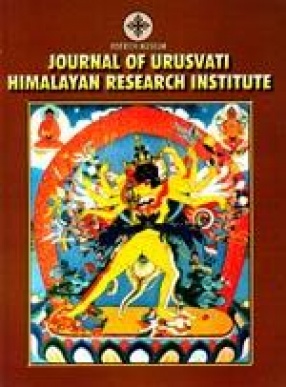

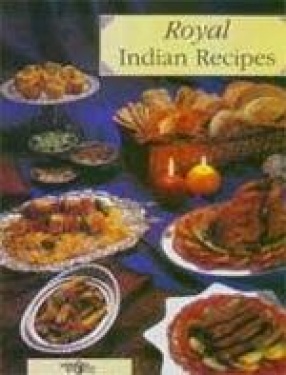
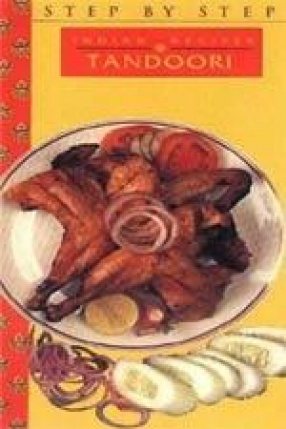
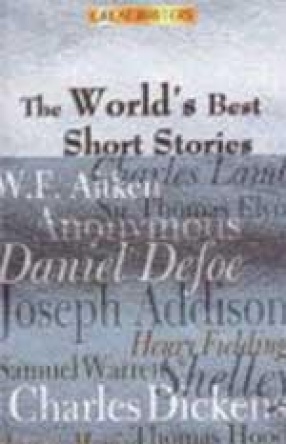
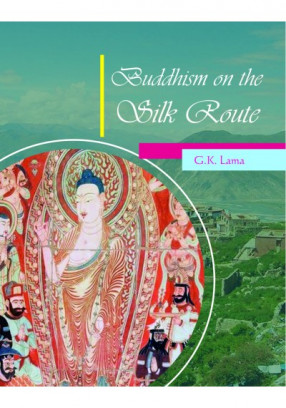
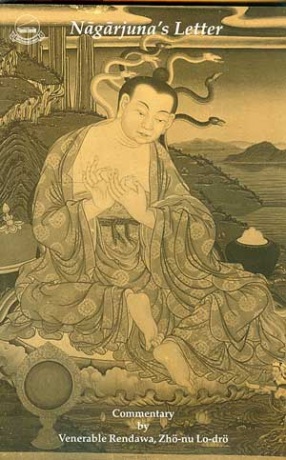
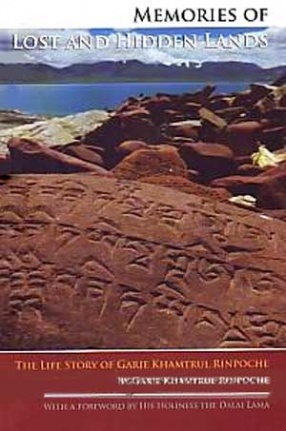
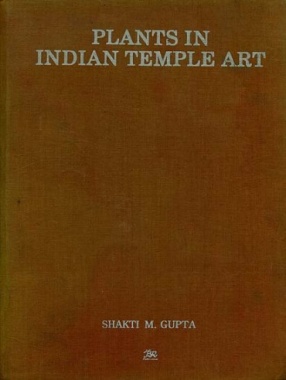

Bibliographic information
Tags